- AI
- A
How does animacy arise in matter and how can it be replicated in devices? Proton neuron and proto-consciousness
Why is it impossible to create a conscious artificial intelligence on the existing computer architecture? Let's start with some definitions.
“Animacy” is a function of the “observer” in consciousness, relative to which feelings, thoughts, and emotions manifest.
“Animated” does not necessarily mean “alive,” and “alive” does not necessarily mean “animated.” Most living organisms—plants, protozoa—lack higher nervous activity and “animacy.”
To repeat the algorithm, it is not necessary to copy the biological basis in the form of the brain. This also carries functions of reproduction, nutrition, regeneration, adaptation, and others.
“Animacy” does not have to possess intelligence, just as intelligence does not have to be “animacy.”
The proposed approach is based on electricity. Chemical or physical blockage of the signal in the neural network leads to a loss of sensation. Artificial stimulation with an electrical signal leads to hallucinations. This has been repeatedly proven by science and medicine.
It remains to describe the algorithm of how electricity creates animacy in neural networks of the brain.
DIFFERENCE AS THE BASIS
The function of the observer in our consciousness is based on difference.
If you cannot distinguish shades of colors, contours, and lighting of objects, you do not have sight.
If you cannot distinguish time, volume, and tonality between sounds, you do not have hearing.
If you cannot distinguish between sensations, emotions, thoughts, and cannot differentiate being from non-being—your consciousness does not exist.
Each sensation has a set of finite possible variants—color, taste, smell, touch, and others.
If all signals are sent to the receptors simultaneously, “white noise” will occur, indistinguishability. This can be equated to the absence of impact.
It can be said that any individual sensation is a deviation from the equilibrium of the electric field in a particular organ of sensation.
“Red” is a deviation from the equilibrium (superposition) state of the visual analyzer relative to all other possible colors. The “observer,” perceiving the sensation, is the state of energetic equilibrium in the neural network of the sensory analyzers and the brain as a whole.
Adding the field of possible pixel variants, and the system will be able to perceive contours and shapes.
Important addition. Equilibrium is also the “beam of attention” in our consciousness.
By connecting and disconnecting areas of neural networks, the brain enhances sensations by directing attention to them and highlighting them. This also explains the work of the so-called “grandmother’s neuron,” when the activation of one or several neurons leads to significant changes in the entire picture of consciousness. And the impact of hormones on target cells leads to the closing or opening of areas of the neural network, changing sensations.
This also explains the journalistic myth about why the brain works only a few percent.
We do not experience all possible sensations or thoughts simultaneously, otherwise, they would make no sense. Therefore, most of the brain is always inactive.
The gradual alignment of the brain's energetic imbalance leads to the habituation of the sensation, making it imperceptible - this occurs with constant monotonous influence. Sound, smell, taste, and the feeling of clothing on the body – all of these stop being perceived by consciousness.
Some sensations and impulses can be compared to the growing imbalance, and their satisfaction (and disappearance from perception) - to the alignment of the energetic state.
Contrast also plays an important role. The touch of an insect or a blade of grass while at rest has a more vivid impact on perception than a serious injury during intense physical activity.
It is also important to remember that the passage of signals in biological tissues is much slower than in metal. Therefore, constructing an analogue of a neural network from metal wires will lead to almost instantaneous alignment of equilibrium. This differs from the slow progression and alignment of sensation in the biological brain's consciousness.
ESSENCE OF THE TECHNOLOGY
The "observer" function and its registration of differences are only possible in a brief moment of the present time. The past no longer exists, the future has not yet arrived. Reality, like the possibility of perceiving sensations, exists only in the present.
The main novelty of the approach is that we have replaced the degree of freedom of the signal from temporal to spatial. When the signal's value is determined not by its modulation over time, but by where it came from in the system and what differences it caused in it.
This will allow us to reflect the entire complexity of consciousness, as complex mosaics of sensations, in the current time.
By making perception not virtual, but real for the system itself.
This is impossible in digital technologies based on binary code, because part of the signal is already in the past, and part is in the future.
This is why our project is called "Nonbit".
NEW PRINCIPLE OF SIGNAL
The simplest technical solution would be to create such a protoneuron. For "A," the gradient of equilibrium imbalance between "B" and "C" will be the internal value.
For this, at least three ends of the conductor are required. Equilibrium between just two will always be in the middle and cannot represent a value for the signal.
Increasing the number of neurons and their endings will create complex patterns for the internal observer. By creating emergent properties in the system, they will exist for it in subjective reality.
Our consciousness can be compared to the refraction of white light in a complex prism, creating many different colorful patterns.
Only we refract the energetic equilibrium in the system, and the patterns of sensations are the system's attempt to correct the distortion.
Discrete changes in electrical potential between neurons should not be considered as units of information, analogous to bits, but rather as the available biological mechanism for changing multiple equilibria in different areas of the brain, from which a single central one is formed.
In our model of consciousness, there can only be one central equilibrium. Therefore, there can only be one beam of attention.
Important addition: Such a model of consciousness and neurons could have evolved through evolutionary processes, from simple to complex, without requiring technological leaps in the creation process.
In nature, we can observe such a replacement of the signal from a temporal form to a spatial one in chemistry. When the structure of a molecule plays the role of a program and a signal, and information processing is also the system's striving for energy equilibrium. All reactions are real and occur in the present time.
Our brain is also just a set of complexly structured chemicals.
To create a strong self-aware artificial intelligence, one must first create animation. For which thoughts, images, emotions, and logical operators, with which this AI will operate, will be some of its sensations.
Without animation, artificial intelligence is just a combinatorial method that can be reproduced on punch cards or a system of wooden sieves with cells of different shapes. But no feelings or sensations will arise. No matter how much you increase or complicate the system.
“Chinese Room,” “Brain in a Vat,” “Mary’s Room,” “Turing Test,” and other cognitive paradoxes have nothing to do with the proposed technology.
There is no special mystery or mysticism in artificially creating animation.
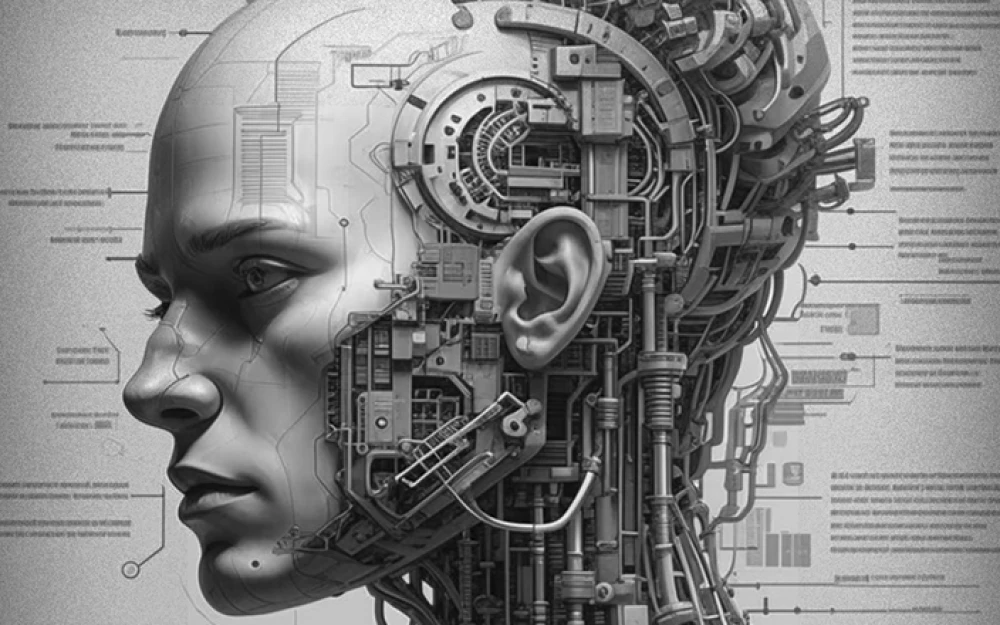
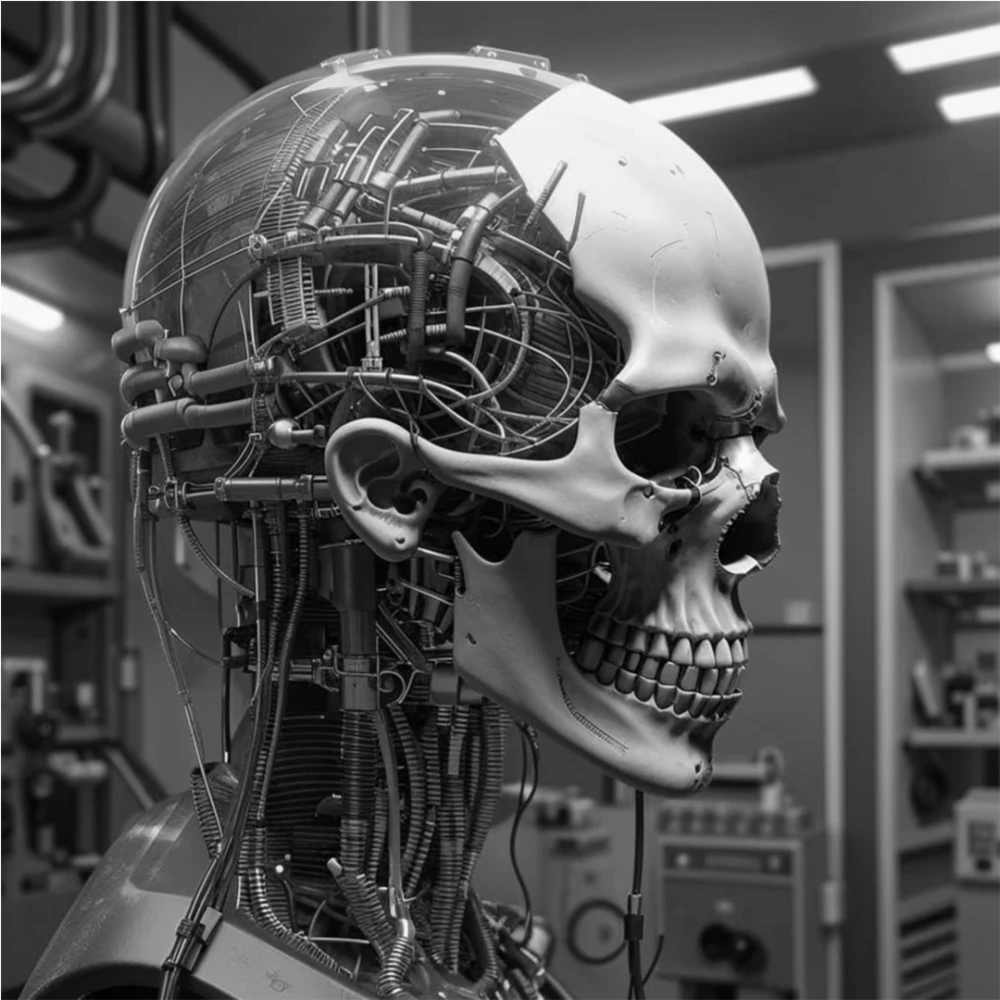
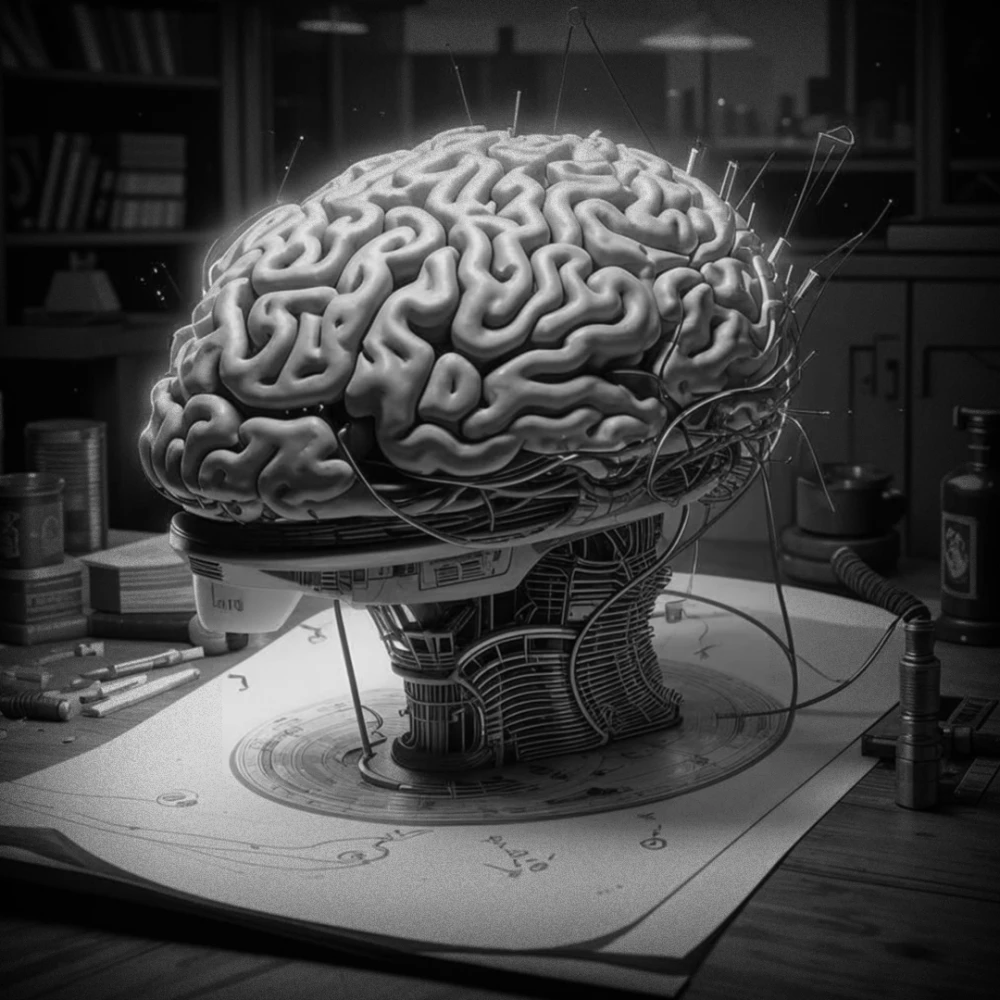

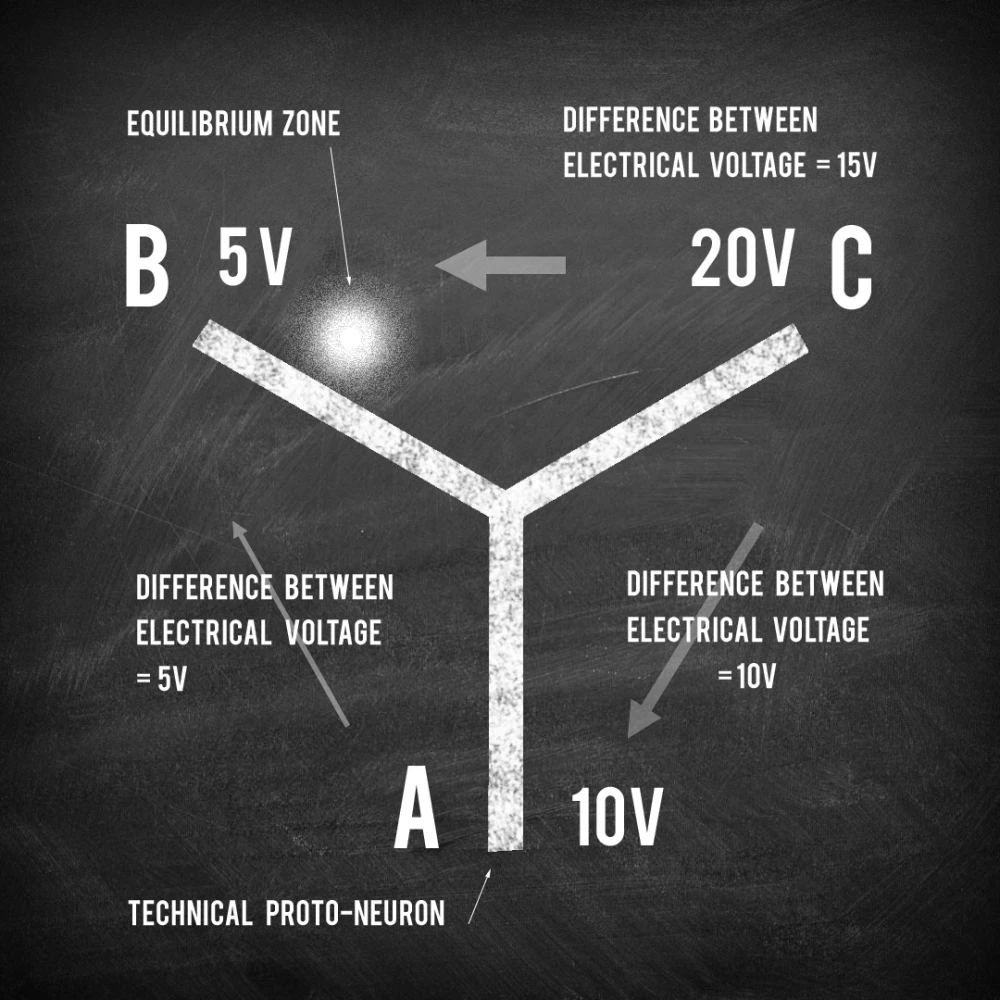
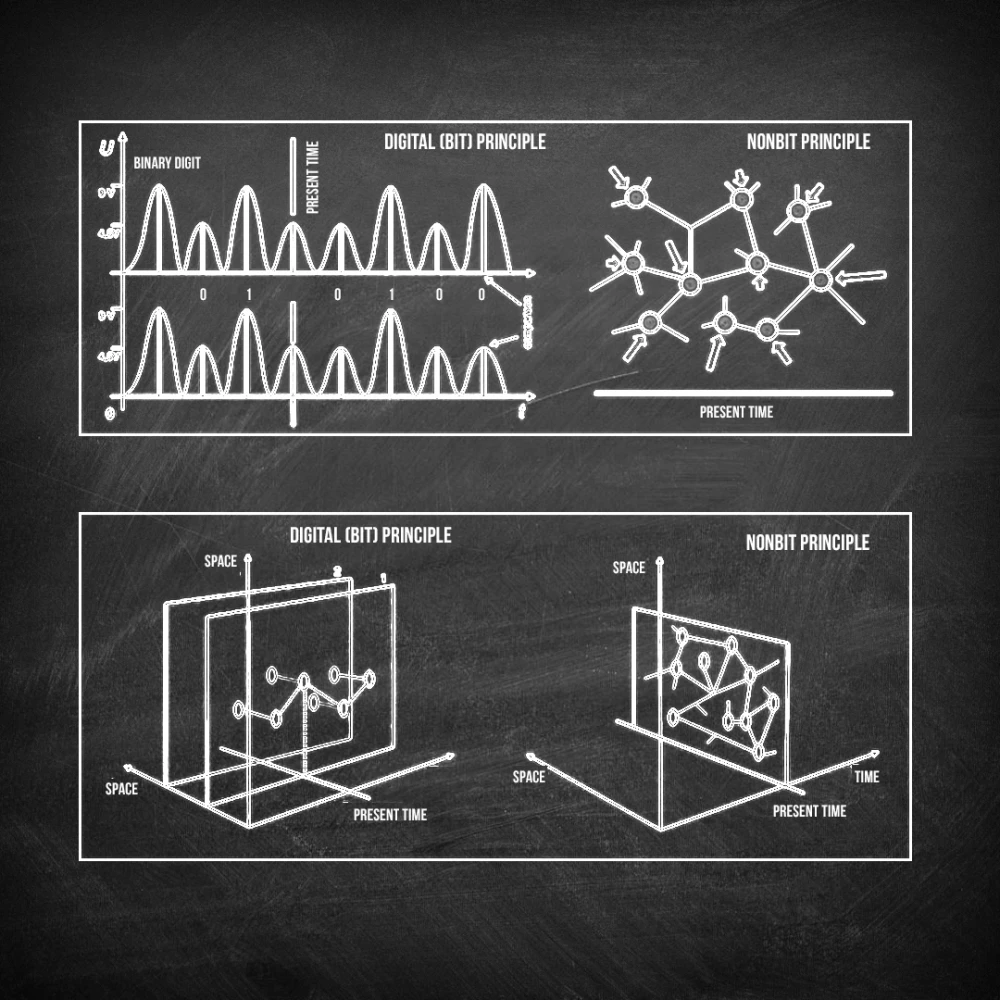
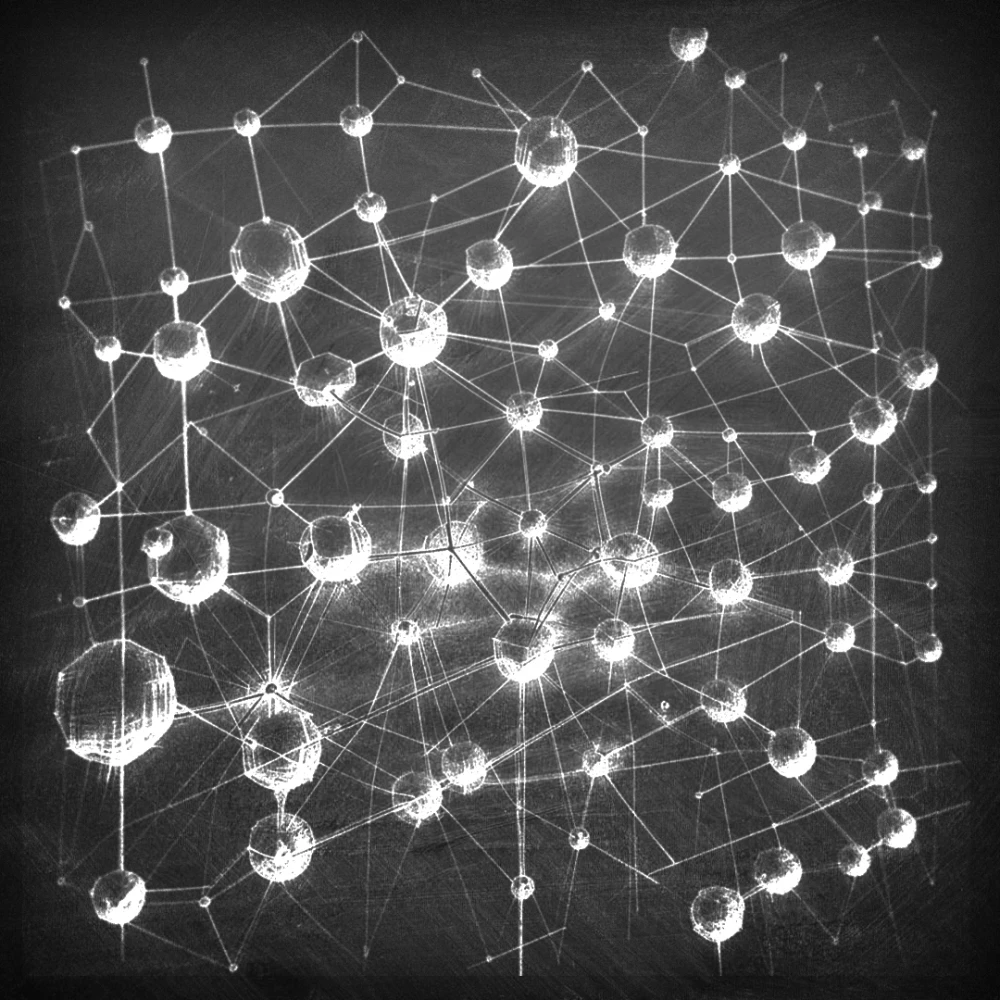

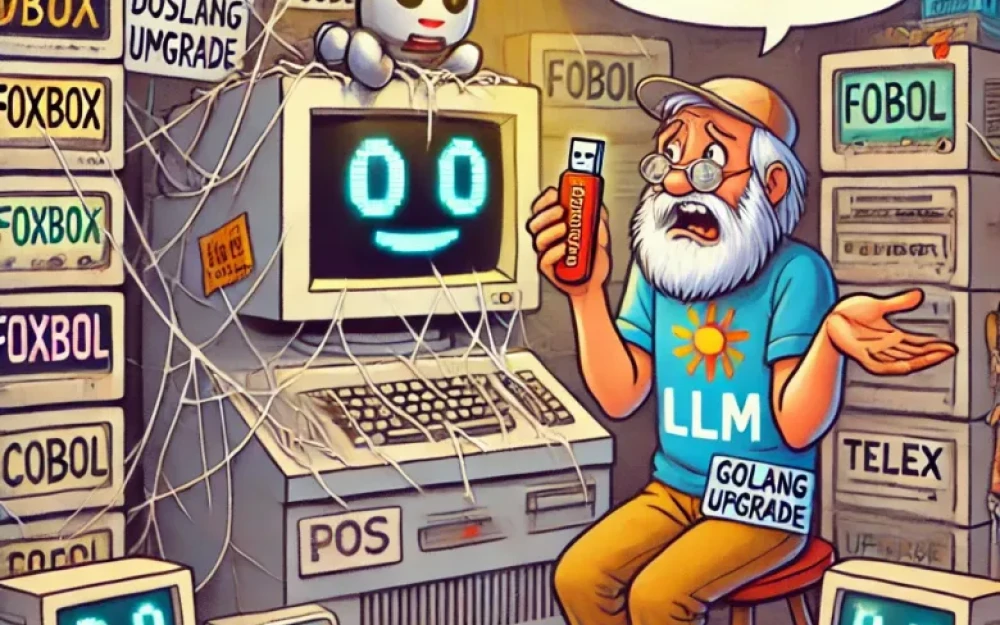
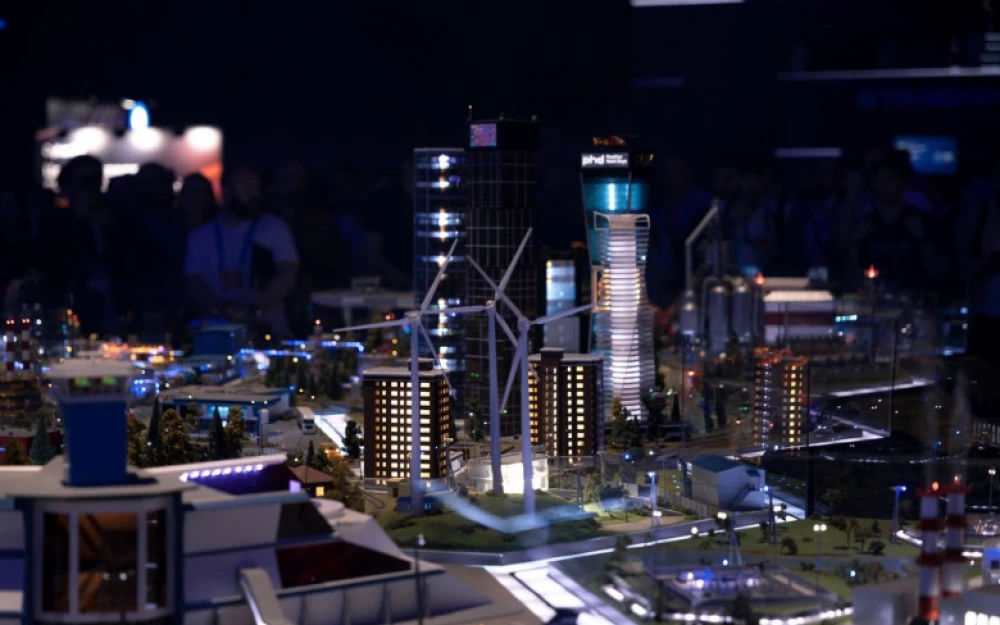
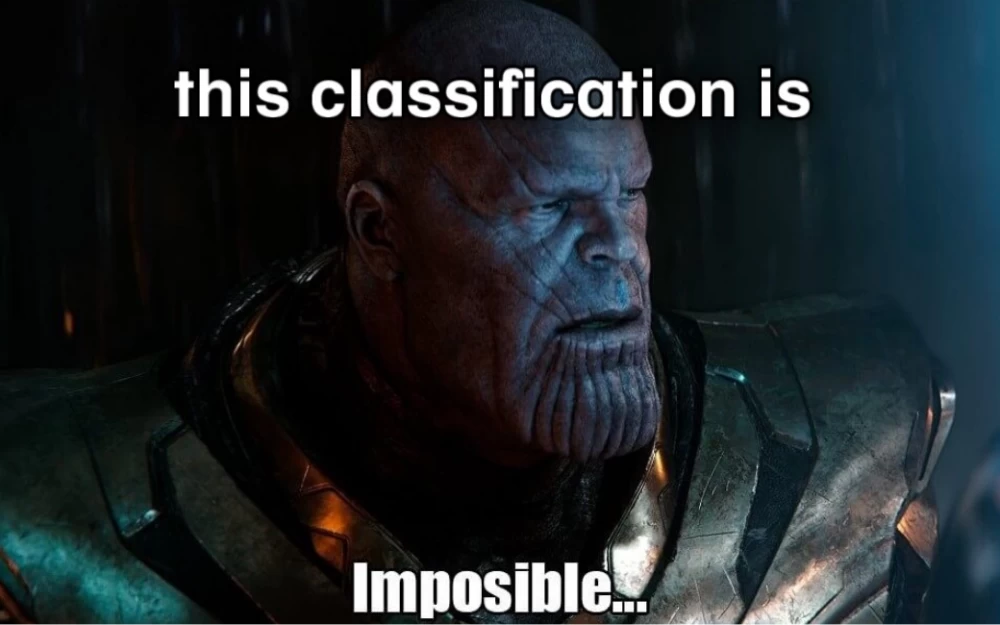

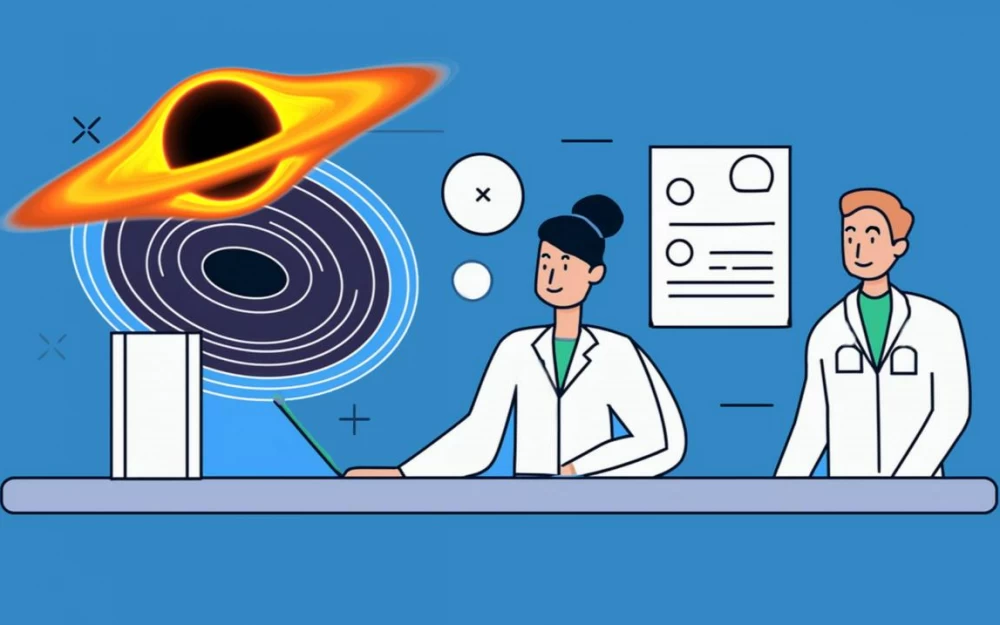
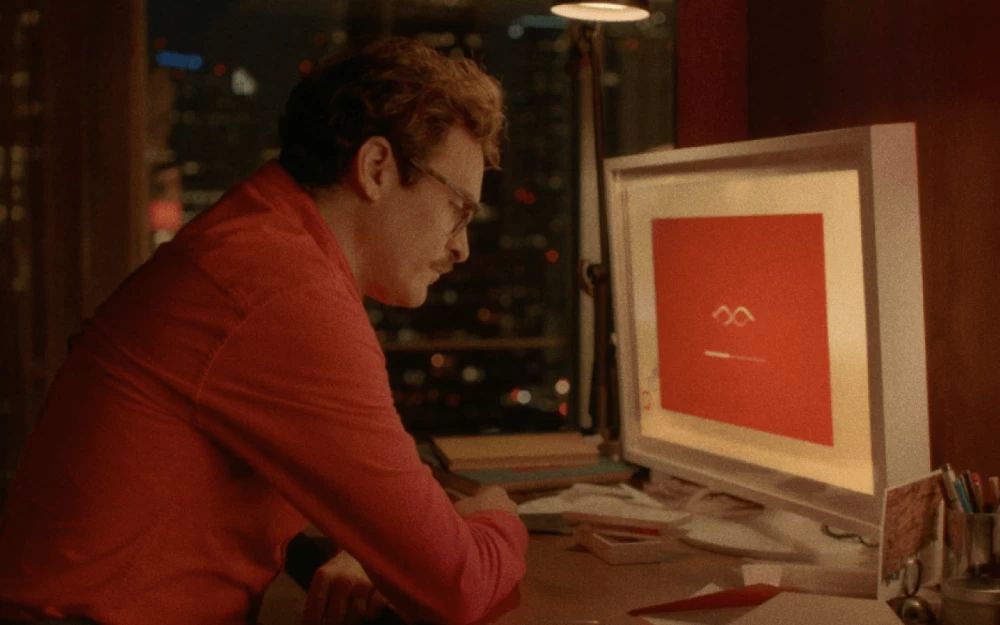

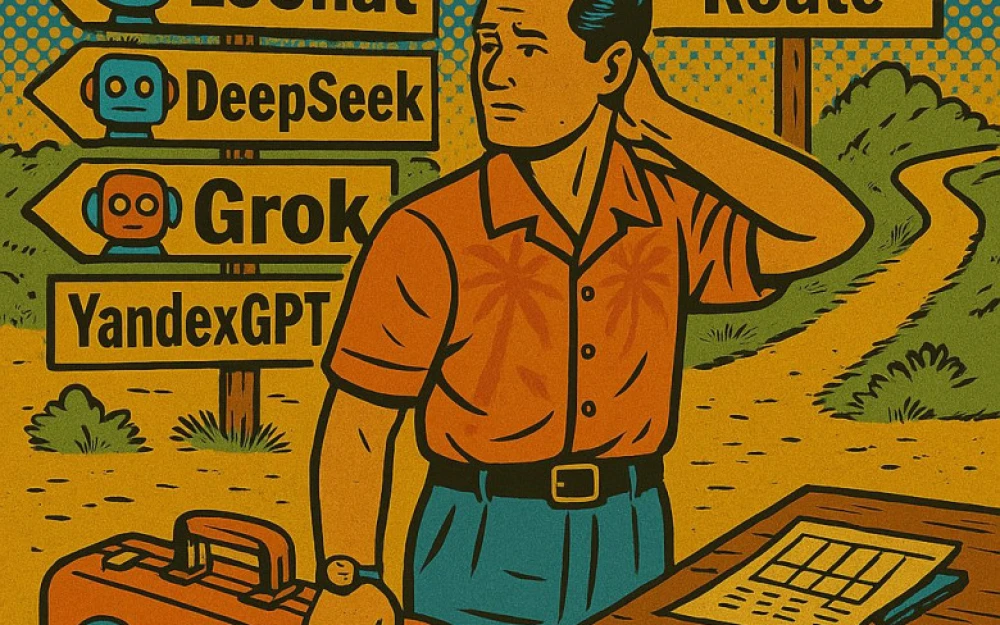
Write comment